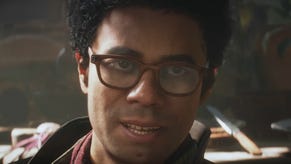Final Fantasy 16 is finally complete, though its DLC won't appease critics
A flawed favourite.
Every Final Fantasy fan knows, there's nothing scarier than a Tonberry. Sure, the little green guys look sweet enough with their big shoes and bulging eyes. But let them get close and their knife attack means instant death.
In Final Fantasy 16's The Rising Tide DLC, though, Tonberries look more terrifying than ever. In keeping with the game's grim and grounded tone, these creatures now have a more realistic, snake-like appearance, but with slimy green feet as they stagger towards you. And then there's the Tonberry King who's imposing enough towering over protagonist Clive in his ragged cloak, but the giant butcher's knife - cracked and worn from bloody overuse - is truly frightening. At least, the Tonberries scare until defeated and goofily laying face down in the dirt.
Tonberries are an example of Square Enix plugging gaps in its second slice of Final Fantasy 16 DLC, The Rising Tide, with an iconic series staple curiously missing from the main game. Yet a bigger gap still was the gaping plot hole purposefully left behind by the developers on the off-chance the game would be successful enough to merit an expansion. With the inclusion of Leviathan, the lost Eikon, the story of Final Fantasy 16 is finally a complete package.
To recap (spoilers!), Clive's journey across Valisthea sees him destroying the mountainous mother crystals of each region that are draining the world of the magical energy known as aether, essentially removing magic from the world as its users are treated as slaves. In the process, Clive absorbs the abilities of the elemental Eikons associated with each crystal. Yet in the game's lore, Leviathan the water Eikon - another series staple - is lost, along with its mother crystal. Until now!
It turns out Leviathan's tribe have resided in secret in a northern territory, hidden behind a glamour. Not only is that a plot convenience, it allows for a new region of blue skies and clifftop breezes, away from the desolate world around it. Mysidia, as it's known, exemplifies Final Fantasy 16's particular brand of medieval fantasy splendour: a humble town of silver-haired Geordie Vikings nestled in a sun-dappled forest sheltering a gentle river, the peace of a warm glade disturbed by lurking spiders or a giant ball of slime. Composer Masayoshi Soken's piano-led score is as gorgeous as ever. It's great to be back in this world.


This beauty hides a dark secret, though. The Dominant of Leviathan - each Eikon's human conduit - is a newborn baby held in stasis for a hundred years to hold back the fury of the water beast and a colossal wave threatening to destroy the region. This setup leads towards one of the game's best dungeons: a water-ruined temple inhabited by the aforementioned Tonberries held in time mid-explosion, the blasted ruins and pummeling shards of glistening water poised in the sky. Eventually this culminates in another Eikon battle against Leviathan inside a maelstrom, though this battle is unique predominantly for its frustratingly high difficulty. Despite the intriguing concept, the plot doesn't quite delve deep enough into the darker, tormented elements, and isn't aided by the robotic animations and rushed script - though that's perhaps understandable what with this being speedily developed DLC. It's content, mostly, to look cool.
The Rising Tide, then, doesn't right the wrongs of the main game, which has been criticised for its heavy handedness dealing with themes of slavery. One particularly notorious side quest sees Clive seeking a lost pet, only to find that pet was in fact a human slave. The Rising Tide's side quests, at least, are a little lighter and, despite being simply structured, add to the history of Mysidia and the intrusions that threaten its hidden peace.
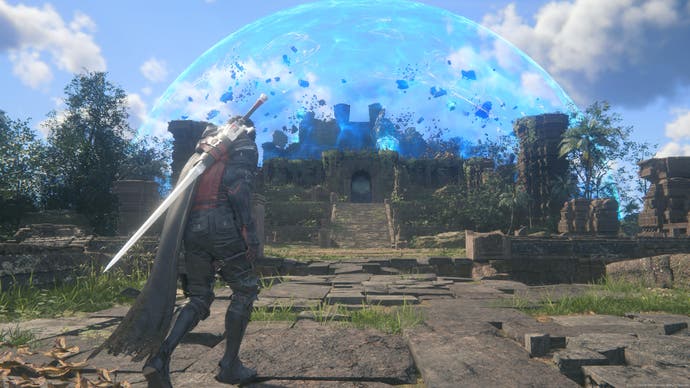

This extends to battles, too. The action combat proved divisive with longtime fans, though for me that's not fundamentally an issue. More so, the moveset is satisfying early on, but towards the end of the game lacks complexity without enemy weaknesses forcing players to think strategically about ability usage. Instead Clive's suite of Eikonic abilities become toys to play with, but players can easily settle into a repeated rhythm of cycling through their favourites. The Rising Tide adds additional Eikon abilities to that toybox, though there's no specific reason to use them beyond novelty. Even the Tonberries don't pose much of a threat individually, though the game continues to excel in one-on-one boss battles.
Still, the abilities are fun to use, essentially fixing a gun to Clive's arm in the shape of a water dragon capable of firing liquid shotgun blasts. It's Devil May Clive all over again, thanks to combat director Ryota Suzuki. I became particularly fond of Abyssal Tear, a sort of summonable water orb that grows in power over time and slots in nicely with my usual rotation, while the Tsunami ability is a forceful, screen-filling wave of power.
And rotation is a key word here, terminology used in Final Fantasy 14 for the sequence of moves a player repeats in battle. Final Fantasy 16's combat, in retrospect, works in a similar way, which makes sense coming from the same development team. The game's major flaws - lack of true action depth and occasionally mind-numbing fetch quests - are attributable to the team's MMORPG background, and perhaps more forgivable in that light. Perhaps there were some mismatched expectations between fans of single-player games and an MMO developer. Still, even the tedium of those quests has been alleviated with a new quick complete feature that teleports Clive back to quest givers once finished.
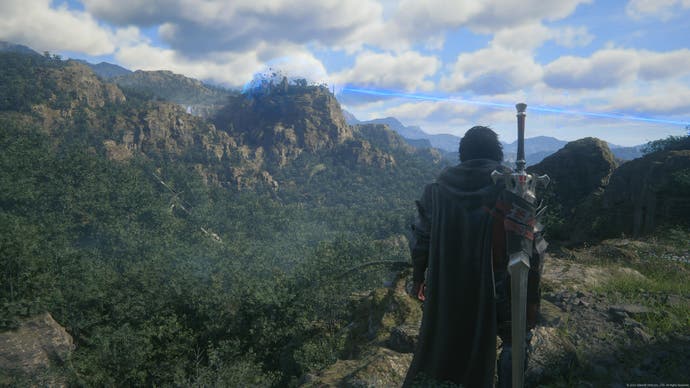
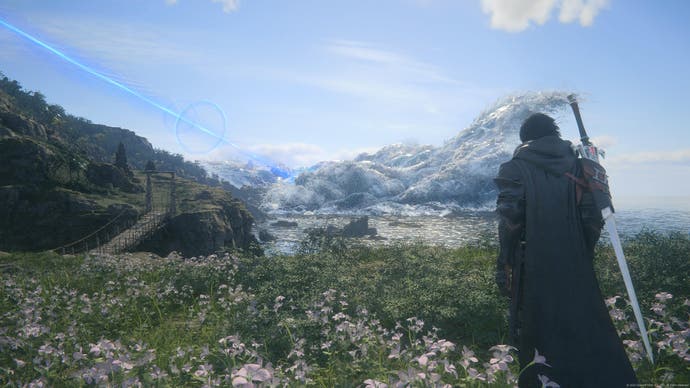
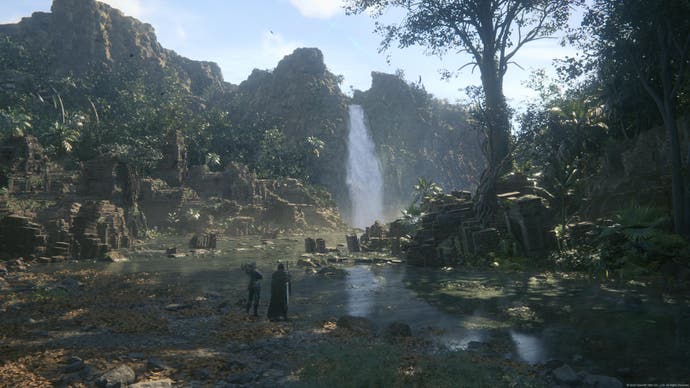

Another DLC extra - and another Devil May Cry influence - is the Kairos Gate challenge, which sees Clive battle through waves of enemies similar to Dante's regular ventures into the Bloody Palace. There's a sort of rogue-lite twist too, as points acquired can be spent on both permanent and temporary boons to boost Clive for the rest of the run. It's a fun challenge that revives various enemies and bosses from throughout the game, further highlighting its action roots.
Together with Echoes of the Fallen completing the expansion pass, Final Fantasy 16's DLC isn't going to win over critics, but for those who enjoyed Clive's Eikonic quest, its more-of-the-same approach generously plugs the gaps to provide a complete experience. Stepping back, Final Fantasy 16 is something of a flawed favourite, its obvious faults in combat and narrative convolution towards the end mitigated by sweeping highlights in dramatic storytelling and eccentric set-pieces. And while the move to action combat may have upset traditionalists, it has - anecdotally - brought new fans to the series. I'd argue FF16 is a great entry point for newcomers and younger players brought up on action games, which was likely Yoshida's intention all along.
It's intriguing, too, to consider FF16 in the wake of the recent Final Fantasy 7 Rebirth release. The two games somewhat oppose one another: where Rebirth heaves the traditional into a new era of hybrid combat complete with fleshed out ensemble cast, humour and an open world brimming with minigames, FF16 has a more singular and grim focus, a sympathetic lead, and brings modern presentation to a traditional world. A year later, I'm still astounded by its phenomenal opening act. Yet in a series known for its frequent experimentation, there's room for both types of Final Fantasy game. Perhaps Square Enix will swing wildly in a different direction once more for the inevitable Final Fantasy 17. I'm excited to find out.
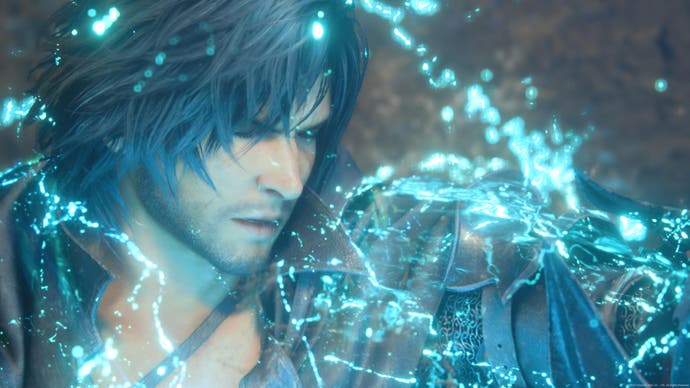

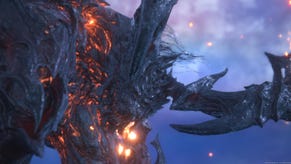
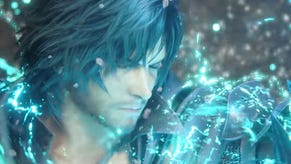
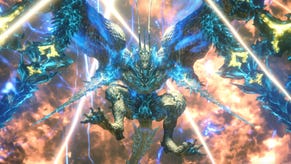
.png?width=291&height=164&fit=crop&quality=80&format=jpg&auto=webp)
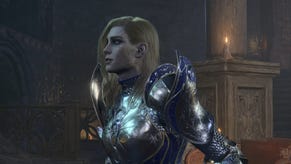
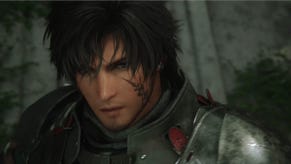
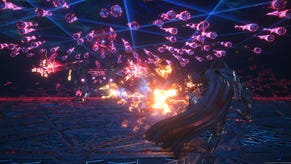

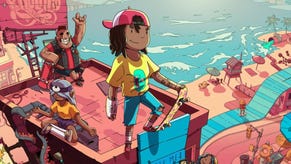

-3-31-23-screenshot.png?width=291&height=164&fit=crop&quality=80&format=jpg&auto=webp)


